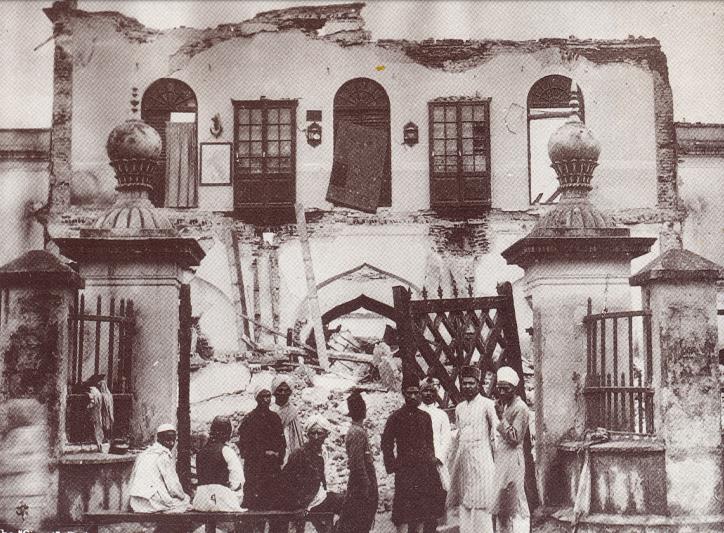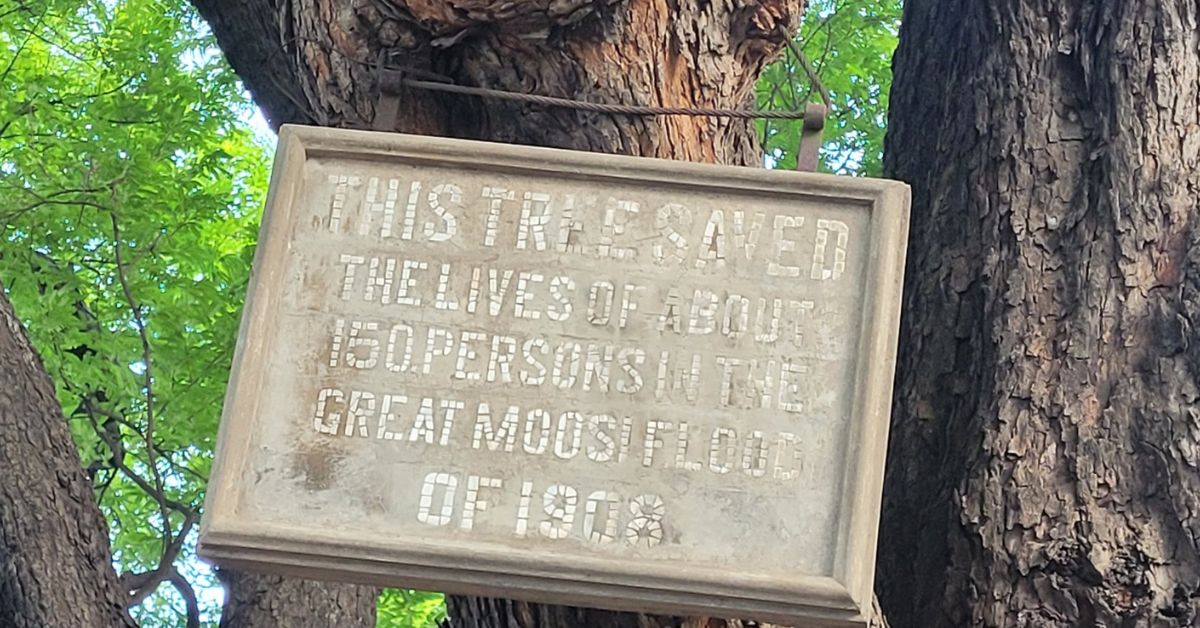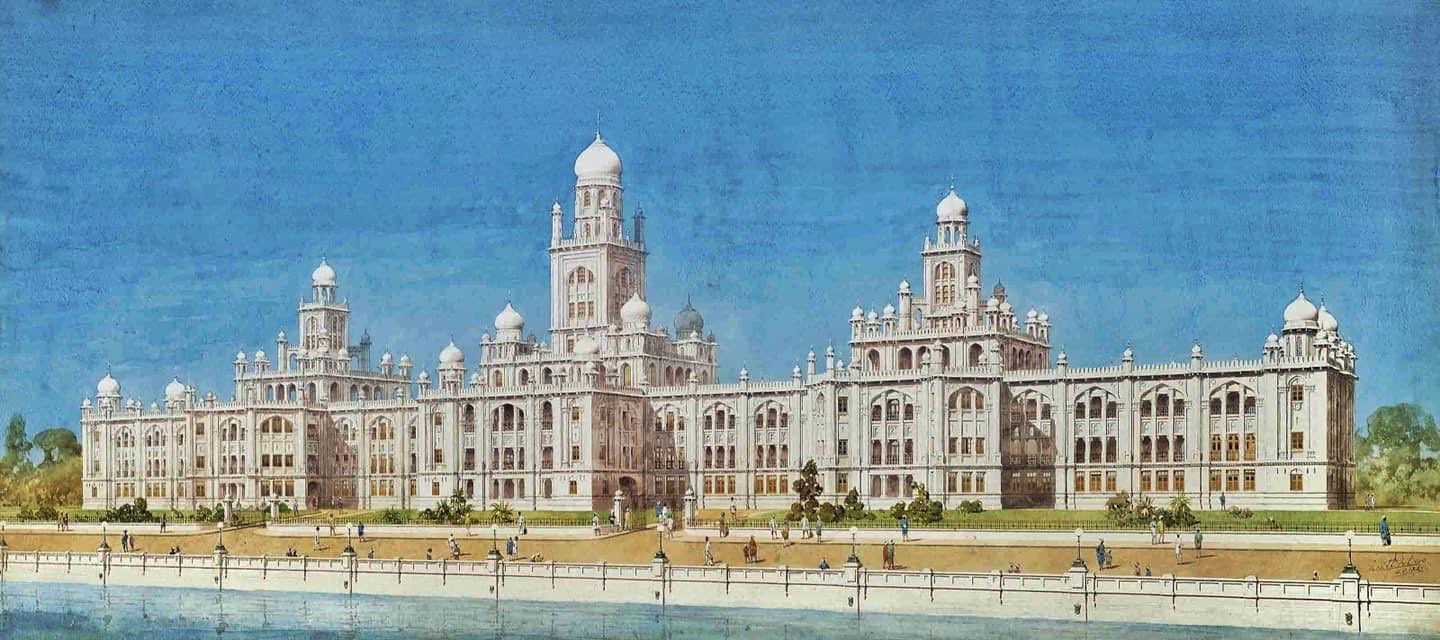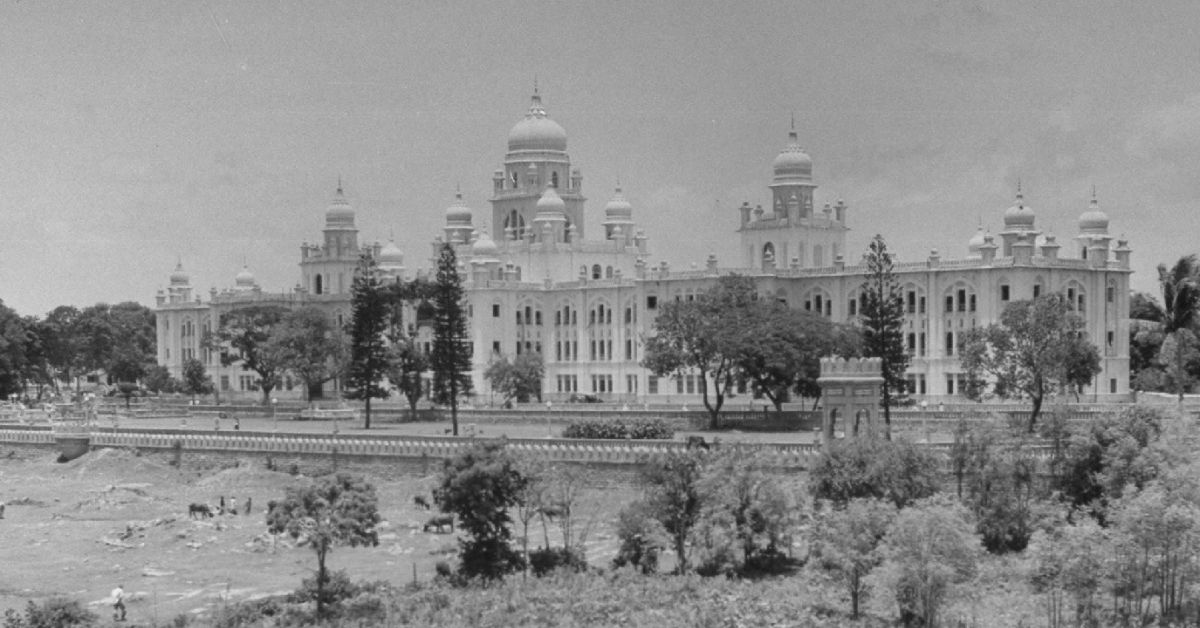This Heritage Building in Hyderabad Has Seen the World’s Most Significant Medical Breakthroughs
As Hyderabad’s Osmania General Hospital faces the threat of demolition, we take a look back at its legacy and significance, and how it has been witness to some remarkable milestones in the history of medicine.

On July 27, the Telangana government submitted an affidavit before the Telangana High Court announcing its decision to demolish all buildings that form part of the Osmania General Hospital (OGH) campus — including the heritage block. In its place, the government plans to build a new 1800-bed facility.
But there are currently several public interest litigations (PIL) in the High Court that seek to preserve the heritage block. For instance, one filed by social activist Lubna Sarwath calls the demolition unconstitutional which will “hurt the city’s identity”.
“The State cannot afford the luxury of forgetting that the destruction of heritage buildings will rob its people of the essence of their identity, and will deprive the city of its sense of uniqueness. While it is important to plan for the future, it is equally important to protect, to preserve and to promote the past,” Sarwath told The Indian Express.
Experts want to preserve the heritage building, and want the new hospital to either be built around it, or at another location. Let’s take a look at what makes this hospital so iconic.
Hyderabad’s medical breakthroughs

In the mid-19th century, medical education was picking up in Hyderabad with the advent of the Hyderabad Medical School. The land that houses the OGH campus today was earlier home to the Afzal Gunj Hospital, which was constructed in 1866 and served as a teaching hospital.
It was at these two buildings that major medical breakthroughs were made.
The discovery of malaria was made at the Hyderabad Medical School by Nobel laureate Sir Ronald Ross. On the other hand, Afzal Gunj Hospital contributed to a major breakthrough in anesthesia. The first international chloroform trials, backed by the sixth Nizam Mir Mahboob Ali Khan, took place in this hospital from 1888 to 1891, and were conducted by his personal physician Dr Edward Lawrie.
The Chloroform Commission conducted experiments to establish the effectiveness of chloroform as an anesthetic to treat patients. It was a major breakthrough that led to several lives being saved in the future. While the chemical was being used for surgical procedures, this trial helped in determining how it could be used safely. The Commission’s report would go on to be published in The Lancet.
Built in the aftermath of floods and a plague

As medicine flourished in Hyderabad, unprecedented rainfall resulted in catastrophic floods, ravaging the erstwhile princely state. During the reign of the sixth Nizam, one of the casualties of the Musi River flooding was the Afzal Gunj Hospital. More than 15,000 people lost their lives, but a large tamarind tree near the hospital acted as a savior for 150 people who climbed it.
In 1911, Mir Osman Ali Khan, Hyderabad’s last Nizam took over. This is when the bubonic plague hit Hyderabad. This epidemic yet again took several lives, and brought to the fore the need for a major infrastructure revamp.
Osman Ali Khan is said to have heralded a new modern infrastructure push that would be better equipped to deal with nature’s fury. In 1912, Hyderabad got its first urban development authority, the Hyderabad City Improvement Board (CIB). From then on, the city saw several new constructions, including buildings, roads, bridges, sewers, railways, parks, dams, courts, universities and hospitals.
After the Musi river flooded, Osman Ali Khan is believed to have initiated the construction of two reservoirs — Osman Sagar and Himayat Sagar — by Sir M Visvesvaraya, even before he came to power. Many heritage structures, including the Osmania General Hospital, Hyderabad High Court, Government City College, Kacheguda railway station and Osmania University were built by the Last Nizam.
An unmissable part of old Hyderabad

In 1919, the Nizam commissioned British architect Vincent Esch to design a hospital equipped with modern facilities.
Esch was known as the pioneer of the Indo-Saracenic style of architecture, which combined elements from Mughal architecture with the British style. The architect had earlier worked on the Victoria Memorial in Calcutta. In a report on Esch, writer and lecturer GHR Tillotson calls this style, “an attempt by British architects in India, beginning in the last third of the nineteenth century, to develop a style which reflected the local architectural heritage, and so to present an Indian imagery for the buildings of the Raj”.
Tillotson adds that Esch described his style used in Hyderabad as ‘Perpendicular Mogul Saracenic’. “Esch regarded the style he used in Hyderabad as a slight departure from strict Mughal design, and used this term which acknowledges a visually evident Gothic influence,” adds Tillotson.
Flanking the left bank of the Musi River, Osmania General Hospital was built on 26.5 acres of land. What catches your eye when you see the majestic structure are the huge bulbous domes, which are an unmissable part of Old City’s skyline. The hospital reportedly cost Rs 20 lakh to build and the construction was completed in 1925.
The main building, which is the one activists want to save, was constructed using granite, limestone and lime plaster. The three-storied building has a jack arch roof that is supported by iron girders, and is said to be one of the early examples of smaller reinforced cement concrete slabs.
While the plan and construction might be British, the grand dome, cupolas, historical motifs, and chajjas give the Mughal touch. There was also a park, nurses’ quarters (in case of quarantine), and a block for laundry, which were later demolished to make way for in-patient treatments.
Today, the 1,168-bed hospital campus also includes a nursing and dental college. It is also one of the only tertiary hospitals in the old city that the poor from nearby districts also have access to.
A fight to retain an icon

In July 2020, the heritage block at the OGH was flooded and subsequently vacated. Continuous rains left the wards in the heritage building filled with ankle-deep water. It was sealed and vacated after that.
Students and doctors have been demanding urgent repairs for a long time now.
“In the last 10 years, all OMC (Osmania Medical College) students have faced problems while studying at OGH. Almost every corner or room has patches of roof that have collapsed over the years. They make temporary repairs, but in the rainy season, these issues worsen. There is always a heavy influx of patients and if we need to provide better services, then we need better maintenance of the building as well,” said Dr Kadali Vishni, who passed out from OMC in 2014 to The News Minute.
This led to a renewed push by politicians to demolish the structure and build a new hospital.
What everyone unanimously agrees upon, is the fact that the building is in urgent need of repair and restoration. While Telangana Chief Minister K Chandrashekar Rao wants the entire structure to be demolished, conservation architects want it to be restored.
Conservation architects and historians, however, have been arguing for saving the heritage building — which is built on 1 acre — and building a new hospital around it. The structure is graded a II-B Heritage Building in Hyderabad Metropolitan Development Association (HMDA) Listing and is protected under the Heritage Regulations of HMDA. A change.org petition was started in July 2020 to ‘Save Osmania General Hospital-Protect Heritage and Health’, which received more than 14,000 signatures.
“This is not just a building but it is the skyline of the city. The entire Musi and the banks of it tell the story of the city and how it took shape,” said conservation architect GSV Suryanarayana Murthy to The Print.
In August 2015 and 2019, INTACH (Indian National Trust for Art and Cultural Heritage) published a report stating that the building was in a “very good and structurally stable condition and did not pose a threat to its occupants”. In November 2019, Telangana’s Department of Archaeology and Museums and the Aga Khan Trust for Culture published a report that stated that the heritage building need not be demolished. Both reports state that the building should be restored based on heritage conservation principles. If you found our stories insightful, informative, or even just enjoyable, we invite you to consider making a voluntary payment to support the work we do at The Better India. Your contribution helps us continue producing quality content that educates, inspires, and drives positive change. Choose one of the payment options below for your contribution- By paying for the stories you value, you directly contribute to sustaining our efforts focused on making a difference in the world. Together, let’s ensure that impactful stories continue to be told and shared, enriching lives and communities alike. Thank you for your support. Here are some frequently asked questions you might find helpful to know why you are contributing?

“Taking everything into consideration, we observed that the heritage building is safe for another century, however it requires some repairs. The way the building was built shows how well it was planned — there was a lot of ventilation, large corridors, and proper outlets for the water. The damage caused to it is purely due to ‘unscientific intervention’. There was also a park opposite to the hospital for people to relax, which has been destroyed,” said Anuradha Reddy of INTACH to The Print.
“You have to have a basic sense of history, culture, heritage, and an idea of its importance. These are markers of identity, these are icons of the past — if you don’t retain that, Hyderabad is no longer a 400-year-old city,” said Sajjad Shahid, a historian and conservation activist, to Caravan.
Sources
‘Demolition of Osmania Hospital will be a big blow to Hyderabad’s history’ by Yunus Y Lasania for The News Minute, Published on 08 August 2023
‘Osmania Hospital: An Icon In Need Of Intensive Care’ by Aveek Bhowmik for Live History India, Published on 01 August 2020
‘KCR’s planned demolition of Osmania Hospital undermines COVID efforts, city’s heritage’ by Sarah Khan for The Caravan, Published on 16 August 2020
‘Osmania hospital, the Nizam era Hyderabad hospital caught in a heritage vs health debate’ by Rishika Sadam for The Print, Published on 04 August 2021
‘Hyderabad heritage activists say decision to raze Osmania General Hospital buildings unconstitutional, remind Govt of Irrum Manzil judgment’ by Rahul V Pisharody for The Indian Express, Published on 31 July 2023
Architexturez.Net
This story made me
-
97
-
121
-
89
-
167













